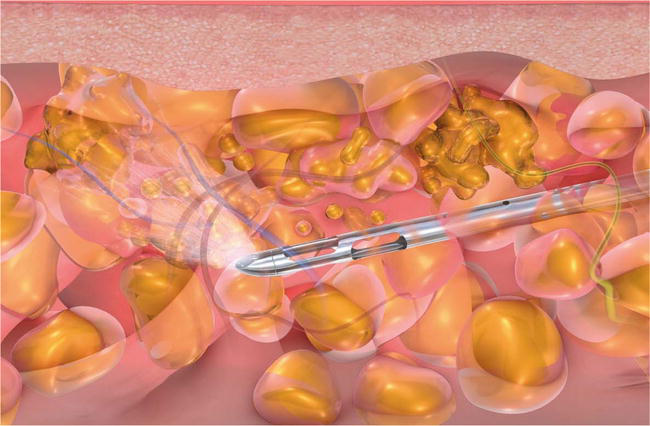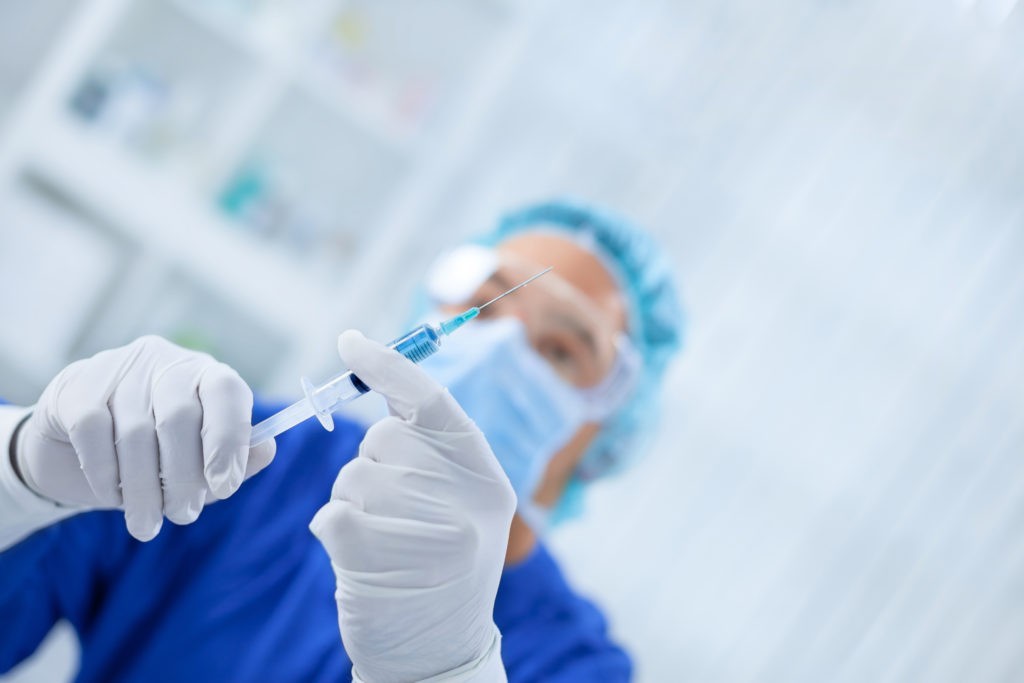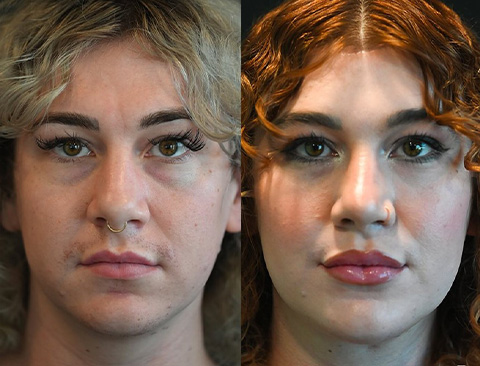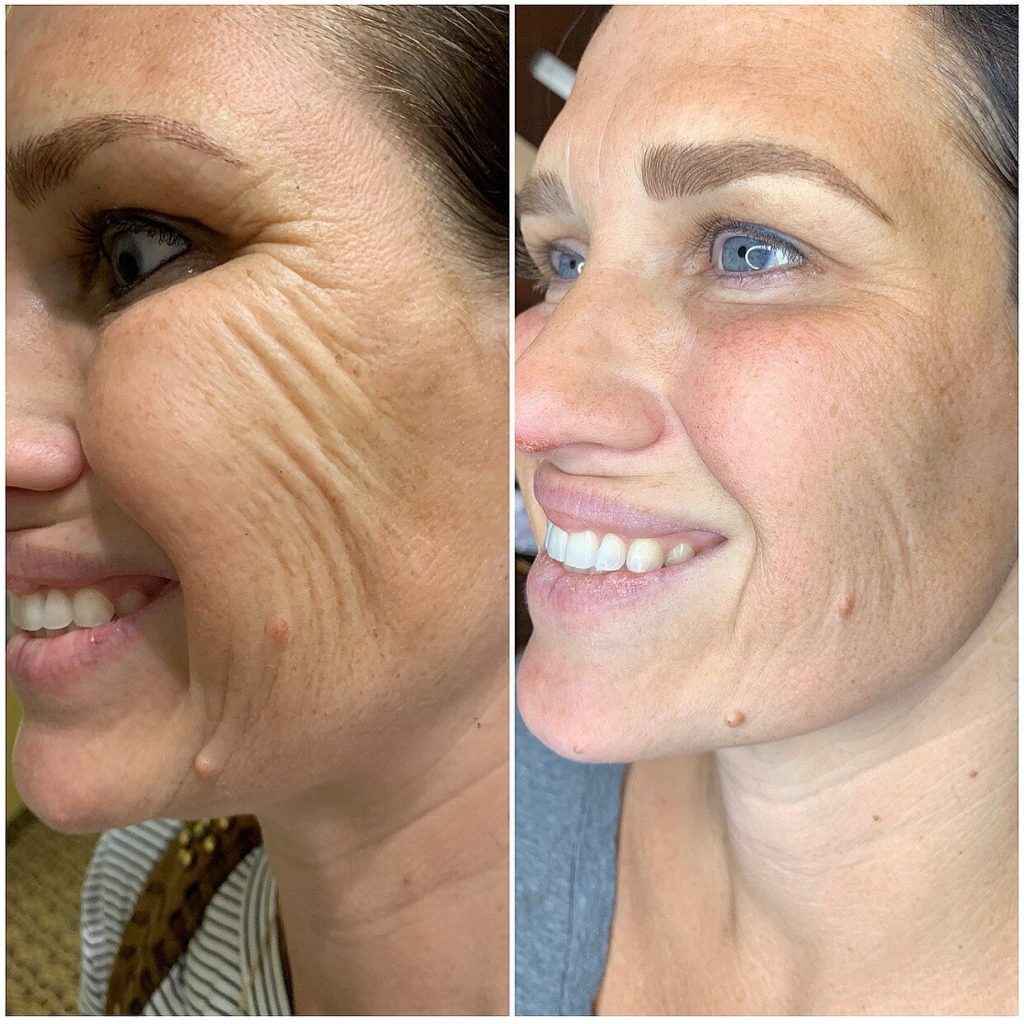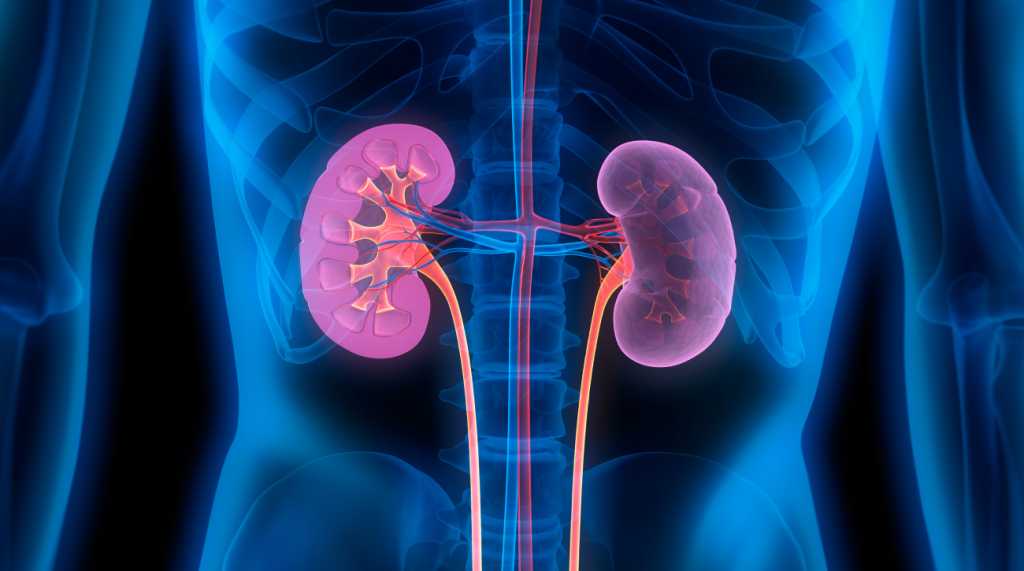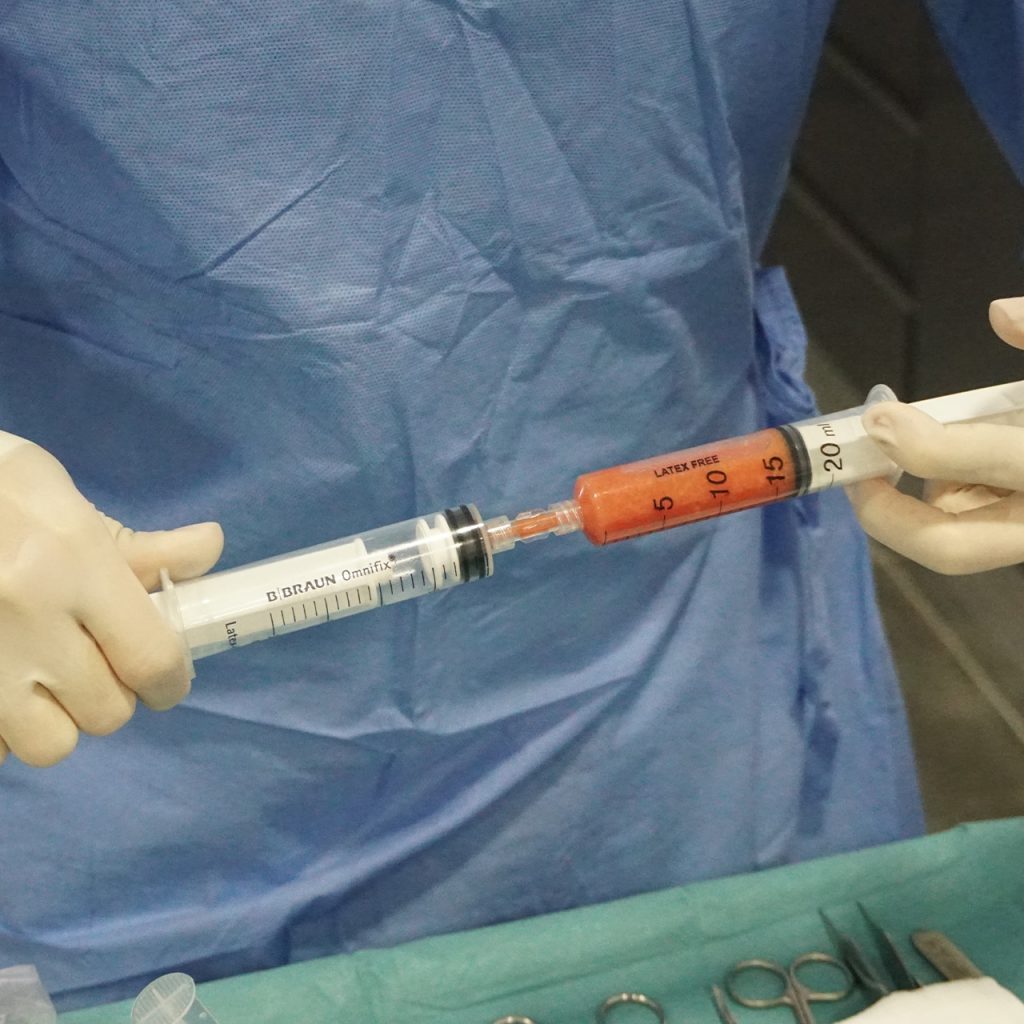Non-surgical alternatives: do they really work? Many people seek options that avoid the risks and downtime of surgery. These methods promise results without the scalpel. However, the effectiveness can vary. Some cosmetic procedures deliver impressive outcomes, while others fall short of expectations in the result of the cosmetic surgery procedure.
Understanding what works and what doesn’t is crucial. With so many choices available, including facelift alternatives and cosmetic procedures, it’s easy to feel overwhelmed as a result. This post will explore various non-surgical alternatives, shedding light on their actual benefits and limitations. We’ll help you navigate the landscape of these options, ensuring you make informed decisions for your health and beauty goals.
Key Takeaways
-
Non-surgical alternatives can be effective for various cosmetic enhancements, offering options like non-surgical rhinoplasty and eyelid enhancements that may suit your needs.
-
Compare the benefits of non-surgical methods with surgical options to determine which best fits your goals and comfort level.
-
Explore different non-surgical treatments for wrinkle reduction and fat loss, as they can provide visible results with less downtime.
-
Consider the pain and recovery time associated with non-surgical procedures, which are typically less intense than those of surgical options.
-
Evaluate the cost-effectiveness of non-surgical treatments, as they often present a more budget-friendly choice compared to traditional surgeries.
-
Always consult with a qualified professional to discuss your specific situation and find the best non-surgical alternatives for you.
Understanding Non-Surgical Alternatives
Definition
Non-surgical alternatives refer to cosmetic procedures that enhance face appearance without traditional surgery. These options include injections, laser treatments, and skin resurfacing techniques. They aim to improve skin tone, reduce wrinkles, and create a youthful look. Many people seek these alternatives for various reasons. They often want to avoid the risks and recovery time associated with surgical procedures.
Popularity Growth
The acceptance of non-surgical procedures has grown significantly in recent years. More individuals are choosing these options over surgical methods. According to the American Society of Plastic Surgeons, non-surgical treatments have increased by over 200% since 2000. This growth reflects a shift in societal attitudes towards beauty and self-care. Many prefer quick fixes that offer minimal downtime. The rise of social media also plays a role. People share their experiences, making these treatments more appealing.
Technological Advancements
Technological advancements have made non-surgical alternatives more effective and accessible. New devices and techniques have emerged in the cosmetic industry. For instance, injectable fillers can now last longer and provide more natural results. Innovations in laser technology allow for precise targeting of skin issues like pigmentation and wrinkles.
In 2019, the FDA approved new types of dermal fillers that enhance facial volume without surgery. These fillers use hyaluronic acid, which occurs naturally in the body. Patients enjoy immediate results with minimal side effects.
Other non-surgical options include radiofrequency treatments and ultrasound therapy. Both methods stimulate collagen production, leading to firmer skin over time. These technologies continue to evolve, offering patients better results than ever before.
Effectiveness
Many wonder if non-surgical alternatives truly work as well as surgical options. While results can vary, numerous studies indicate that some non-surgical treatments yield significant improvements. For example, Botox injections can effectively reduce fine lines and wrinkles for three to six months. Similarly, chemical peels can enhance skin texture and tone after just one session.
However, expectations should remain realistic. Non-surgical options may not provide the same dramatic changes as a facelift or other surgical methods. Maintenance is also necessary for lasting effects.
Comparing Surgical and Non-Surgical Methods
Invasiveness
Surgical procedures involve cutting into the body. This can lead to complications and longer recovery times. Patients often face significant downtime after surgery. They may need weeks or even months to heal fully. Non-surgical methods, on the other hand, are usually less invasive. These methods often require little to no recovery time. Many people return to their daily activities immediately after treatment.
Cost and Accessibility
Cost varies significantly between surgical and non-surgical methods. Surgical procedures tend to be more expensive. The costs include not just the surgery itself, but also anesthesia, hospital stays, and follow-up care. Insurance may cover some of these expenses, but patients often pay a large portion out-of-pocket. Non-surgical options generally cost less. They are often more accessible for patients who cannot afford surgery.
Longevity of Results
Surgical results are typically more permanent than non-surgical outcomes. Surgery can reshape tissue and provide long-lasting effects. For example, a facelift can last several years, while non-surgical treatments like fillers may only last a few months. Patients must repeat non-surgical procedures to maintain results. This can add up over time, potentially making them more costly in the long run.
Patient Experience
Patients have different experiences with these two approaches. Those who choose surgery may feel anxious about the procedure and recovery. They might worry about pain or complications. Non-surgical treatments often offer a more relaxed experience. Many patients appreciate the quick results without the stress of surgery.
Effectiveness
Effectiveness varies between surgical and non-surgical methods. Surgical procedures tend to produce dramatic changes in appearance or function. For example, liposuction removes fat permanently, while non-surgical fat reduction techniques may only reduce fat temporarily. However, some non-surgical options can still provide satisfactory results for certain conditions.
Risks
Both methods carry risks, but they differ in severity. Surgical risks include infection, scarring, and anesthesia complications. Non-surgical treatments have fewer serious risks but may cause temporary side effects like swelling or bruising.
Non-Surgical Rhinoplasty Explained
Dermal Fillers
Dermal fillers are a popular option for reshaping the nose without surgery. These fillers, made of substances like hyaluronic acid, can add volume and smooth out bumps. A trained facial plastic surgeon injects them strategically into the nose. This process allows for a more balanced appearance.
Patients often choose this method for its simplicity. The procedure usually takes about 15 to 30 minutes. Many people return to their daily activities right after. The results are immediate, which is appealing for those seeking quick changes.
Immediate Results
The outcomes of non-surgical rhinoplasty can be quite striking. Patients often notice a smoother, more refined nose right away. This instant gratification is one reason many opt for this cosmetic procedure over traditional rhinoplasty.
Minimal downtime is another advantage. Most individuals experience only slight swelling or bruising. These side effects typically resolve within a few days. As a result, many feel comfortable going back to work or social events quickly.
Limitations and Risks
Despite its benefits, non-surgical rhinoplasty has limitations. The results are not permanent and usually last between six months to two years. Patients may need repeat treatments to maintain their desired look.
Potential risks also exist. While complications are rare, they can occur. Some individuals might experience allergic reactions or infections at the injection site. In some cases, fillers can migrate from the original area, leading to uneven results.
Moreover, certain conditions may limit candidacy for this procedure. Those with severe nasal deformities may not achieve satisfactory outcomes without surgical intervention.
Understanding these factors is crucial before deciding on non-surgical options. Consulting with a qualified facial plastic surgeon can help clarify expectations and determine suitability.
Eyelid Enhancements Without Surgery
Dermal Fillers
Specialized dermal fillers are commonly used in non-surgical blepharoplasty. These fillers help to restore volume around the eyes. They can fill in hollowness and reduce the appearance of dark circles. The procedure is quick and requires minimal downtime. Patients often notice immediate results.
Fillers like hyaluronic acid are popular choices. They mimic the natural substances in the skin. This makes them effective for rejuvenating the eye area. With these fillers, patients can achieve a more youthful look without going under the knife.
Reducing Dark Circles
Reducing dark circles is one of the main benefits of non-surgical eyelid enhancements. Many people struggle with tired-looking eyes due to genetics or aging. Dark circles can make someone appear older than they are. Non-surgical procedures target this issue effectively.
The use of dermal fillers can smooth out the skin under the eyes. This helps to brighten the overall appearance. Patients report feeling more confident after treatment. They enjoy a refreshed look without needing extensive cosmetic surgeries.
Suitability for Patients
Non-surgical options suit various patient needs. Individuals who want to avoid surgery may find these procedures appealing. Those with mild to moderate eye hollowness benefit significantly from fillers. The treatments also work well for younger patients looking to prevent signs of aging.
However, not everyone is a candidate for these procedures. Patients with certain health conditions should consult their doctors first. An experienced practitioner will assess individual needs and recommend suitable options.
Effectiveness
Effectiveness varies by patient and technique used. Most people see improvements right away, but results can last from six months to two years, depending on the filler type used. Patients often appreciate having a non-invasive choice to enhance their appearance.
e may still consider facelift surgery for more dramatic results, especially if they have significant sagging skin or deep wrinkles. Others may prefer to combine non-surgical methods with subsequent facelift surgery for optimal results.
Wrinkle Reduction Without Surgery
Injectables Overview
Injectables play a vital role in facial rejuvenation treatments. Botox and Juvederm are two popular options. Botox works by relaxing the muscles that cause wrinkles. This leads to smoother skin, especially around the forehead and eyes. Juvederm, on the other hand, adds volume to areas like cheeks and lips. It helps fill in subtle wrinkles and restore youthful contours.
Both treatments are quick and convenient. Patients often complete sessions in under 30 minutes. Results appear within days and can last for several months. Many appreciate these immediate effects without needing a surgical facelift.
Temporary Solutions
The non-surgical nature of these facial procedures comes with limitations. The results from Botox typically last three to six months. Juvederm may last longer, around six to twelve months, depending on the area treated. After this period, maintenance is necessary to keep the desired look.
Patients must return for touch-up appointments to maintain their results. This requirement can be both a pro and a con. Some enjoy the regular visits as a chance for pampering. Others may find it inconvenient or costly over time.
Skin Tightening Methods
Beyond injectables, other techniques also assist in skin tightening. Treatments like laser therapy and microdermabrasion help improve skin texture and tone. These methods promote collagen production, which is essential for combating facial aging.
Laser treatments target deeper layers of skin. They stimulate collagen growth, leading to firmer skin over time. Microdermabrasion exfoliates the top layer of skin, revealing fresher skin underneath. Both options offer benefits without invasive surgery.
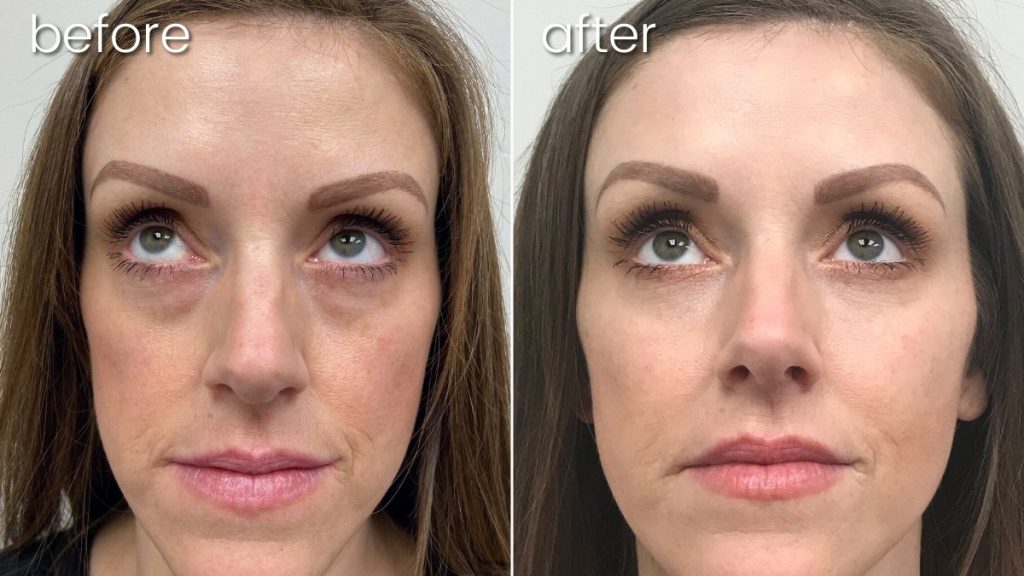
Considerations for Patients
Before opting for non-surgical alternatives, patients should consider their specific needs. Factors such as skin type, age, and desired outcomes play a significant role in treatment selection. Consulting with a qualified professional is crucial. They can assess individual concerns like skin looseness, uneven skin tone, or significant skin sagging.
Understanding potential side effects is important too. Common reactions include swelling or bruising at injection sites. These usually resolve quickly but can deter some people from pursuing treatment.
Non-Surgical Fat Loss Methods
CoolSculpting
CoolSculpting is a popular non-surgical fat reduction method. This technique uses controlled cooling to target and freeze fat cells. Once the fat cells freeze, they die off and are naturally eliminated by the body. This process takes several weeks to months for full results.
Patients often see visible changes after one session. However, multiple sessions may be recommended for optimal outcomes. Many people choose CoolSculpting because it requires no downtime. They can return to their daily activities right after treatment.
Other Techniques
Several other non-surgical methods exist for reducing fat. These include SculpSure, Kybella, and ultrasound therapy. SculpSure uses laser technology to heat and destroy fat cells. Kybella is an injectable treatment that targets fat under the chin. Ultrasound therapy uses sound waves to break down fat.
Each of these techniques has its own benefits. They all aim to reduce excess skin and unwanted fat without surgery. Patients should consult with professionals to determine which method suits them best.
Expected Outcomes
Results from non-surgical fat loss methods vary among individuals. Most patients notice a gradual improvement over time. Full results may take up to three months to appear. The outcomes depend on factors like body type, lifestyle, and the specific treatment used.
Those who benefit most from these treatments often have localized fat deposits. These areas may not respond well to diet or exercise alone. Non-surgical options appeal to people seeking subtle changes without invasive procedures.
Who Should Consider
Not everyone is a good candidate for non-surgical fat loss methods. Ideal candidates are generally at or near their goal weight. They should also have realistic expectations about the results. Individuals with loose skin or significant excess skin may need surgical options instead.
People looking for a quick fix might be disappointed with these treatments. They require patience and commitment for best results. Consulting a medical professional can help potential candidates understand their options.
Benefits of Non-Surgical Treatments
Reduced Pain
Non-surgical treatments often involve less pain compared to surgical options. Many patients report minimal discomfort during procedures like injectables or laser treatments. These alternatives typically use local anesthesia or numbing creams, which help in reducing pain levels.
Recovery time is also significantly shorter. Most individuals can return to their daily activities almost immediately after treatment. This quick recovery appeals to many people who want to avoid the downtime associated with surgical facelift treatments.
Flexibility and Customization
Non-surgical cosmetic treatments offer great flexibility. Each treatment can be tailored to meet individual goals. Patients can choose from a variety of options, including fillers, Botox, or skin resurfacing techniques. This customization allows for specific areas of concern to be addressed.
Providers often work closely with patients to develop a personalized plan. They assess the signs of aging and understand what results the patient desires. This collaborative approach ensures that each patient receives care that aligns with their expectations.
Natural-Looking Results
One significant advantage of non-surgical options is the natural-looking results they provide. Unlike surgical procedures, which can sometimes result in an overly altered appearance, non-surgical treatments enhance existing features. These methods focus on subtle improvements rather than drastic changes.
Many people appreciate this aspect because they want to look refreshed without appearing “done.” Techniques like dermal fillers can restore volume while maintaining a natural contour. Patients often leave feeling more confident without the fear of looking unnatural.
Cost-Effectiveness
Cost is another factor where non-surgical treatments shine. Surgical interventions usually require higher financial investment due to operating room fees and longer recovery times. In contrast, many cosmetic treatments are more affordable and accessible.
Patients can also opt for maintenance sessions instead of committing to one large surgical treatment. This ongoing care allows individuals to manage their budget while achieving desired aesthetic goals over time.
Safety and Risks
Safety is crucial when considering any treatment option. Non-surgical methods generally carry fewer risks than surgical treatments. While there are still potential side effects, they tend to be mild and temporary. Common reactions include swelling or bruising at injection sites, but these typically resolve quickly.
Patients should always consult with qualified professionals before proceeding with any treatment. Understanding personal health conditions and discussing possible outcomes enhances safety and satisfaction.
Pain and Recovery in Non-Surgical Procedures
Minimal Discomfort
Patients often experience minimal discomfort during non-surgical treatments. Most procedures involve local anesthesia or numbing agents. This reduces pain significantly. Many report only slight pressure or a tingling sensation. For example, during laser therapy, patients may feel warmth but not sharp pain.
In some cases, discomfort lasts just a few minutes after the procedure. This is generally manageable with over-the-counter pain relievers if needed. Patients often describe the experience as less invasive than traditional surgery.
Short Recovery Periods
Recovery from non-surgical alternatives is typically much shorter than from surgical options. Most patients can return to their daily activities within hours or days. For instance, after injections for joint pain, individuals often resume normal activities the same day.
Surgical recovery can take weeks or even months. In contrast, non-surgical procedures allow for quicker healing. This is especially beneficial for those who lead busy lives or cannot afford long downtimes.
Post-Procedure Care
Post-procedure care is essential for optimal recovery. Patients should follow specific instructions provided by their medical professionals. These may include avoiding strenuous activities or keeping the treated area clean.
Temporary side effects are common but usually mild. Swelling, redness, or bruising may occur at the treatment site. These effects often resolve within a few days. Patients should monitor their symptoms and contact their healthcare provider if they notice anything unusual.
e patients may feel tiredness after certain treatments, like fat freezing or skin resurfacing. This fatigue is often temporary and subsides quickly. Staying hydrated and resting can help alleviate tiredness.
Cost-Effectiveness of Non-Surgical Options
Financial Comparison
Non-surgical options often require a lower financial investment compared to surgical procedures. Surgical methods can cost thousands of dollars, while injectables and other non-invasive treatments typically range from a few hundred to a couple thousand dollars. For example, Botox injections may cost between $300 to $600 per session. This makes them more accessible for many people.
Many cases show that individuals prefer non-surgical choices due to the cost savings. They can achieve noticeable results without spending a fortune. Surgical procedures, on the other hand, involve not only higher costs but also additional expenses like anesthesia and facility fees.
Cumulative Costs
Multiple sessions are often necessary for non-surgical treatments. For instance, fillers may require touch-ups every six months to maintain their effect. This can add up over time, but these costs remain generally lower than one-time surgical fees.
Patients need to consider how often they will return for treatments. If someone opts for regular injectable options, they might spend a significant amount over several years. However, even with these cumulative costs, non-surgical options still tend to be less expensive overall.
Value of Non-Permanence
Non-surgical treatments provide flexibility for those who want less permanent changes. Many people appreciate the ability to adjust their look without committing to long-term results.
For example, a patient may choose fillers for the central face area to enhance cheekbones or lips temporarily. If they are unhappy with the outcome, they can wait for the effects to wear off or opt for another treatment. This is a stark contrast to surgical options that can result in lasting changes and potential dissatisfaction.
Injectable options allow individuals to experiment with their appearance. They can find the right amount that suits them without drastic alterations. This aspect appeals especially to younger patients or those unsure about making permanent decisions regarding their looks.
Closing Thoughts
Non-surgical alternatives can offer impressive results without the need for surgery. You’ve explored various methods, from non-surgical rhinoplasty to wrinkle reduction and fat loss. These treatments provide benefits like reduced pain, quicker recovery, and cost-effectiveness. They’re designed to fit your lifestyle, making beauty more accessible.
Before diving in, weigh your options carefully. Research providers and understand what each treatment entails. Your choices matter, and informed decisions lead to better outcomes. Consider scheduling a consultation with a trusted expert to discuss what works best for you. Take control of your journey toward looking and feeling great!
Frequently Asked Questions
What are non-surgical alternatives?
Non-surgical alternatives are cosmetic procedures that enhance appearance without invasive surgery. They include treatments like fillers, Botox, and laser therapies, offering less downtime and reduced risks.
Do non-surgical treatments provide permanent results?
Most non-surgical treatments offer temporary results. For example, fillers last several months, while Botox may last up to six months. Regular maintenance is required for lasting effects.
Are non-surgical options safe?
Yes, non-surgical options are generally safe when performed by qualified professionals. Always consult a licensed practitioner to minimize risks and ensure proper techniques are used.
How do I choose between surgical and non-surgical methods?
Choosing between surgical and non-surgical methods depends on your goals, budget, and recovery time. Consult with a specialist to evaluate the best option for your specific needs.
What is the average cost of non-surgical treatments?
The cost varies widely based on the treatment type and location. Non-surgical options typically range from $300 to $2,500 per session. Always inquire about pricing during consultations.
Is there any downtime after non-surgical procedures?
Downtime is minimal for most non-surgical procedures. Many patients resume normal activities immediately or within a few hours. However, some redness or swelling may occur temporarily.
Can non-surgical fat loss methods replace diet and exercise?
Non-surgical fat loss methods can complement diet and exercise but should not replace them. They help target stubborn areas but are most effective when combined with a healthy lifestyle.





